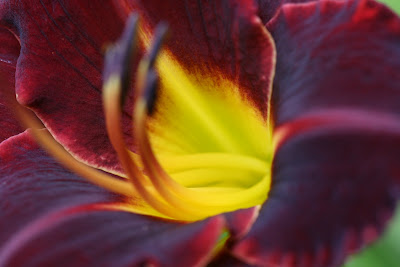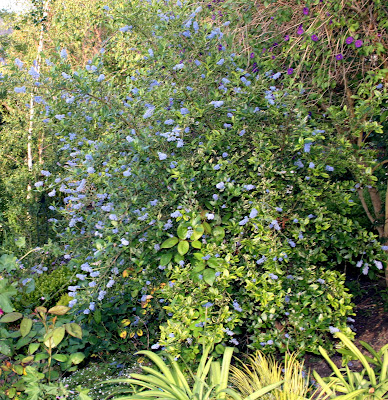 Cindee of Cindees' Garden was kind enough to pick my blog for the Arte y Pico Award. I am very honored to be chosen by such a talented and generous blogger. If you are not familiar with her blog stop by for a visit, you will not be disappointed. Thank you, Cindee!
Cindee of Cindees' Garden was kind enough to pick my blog for the Arte y Pico Award. I am very honored to be chosen by such a talented and generous blogger. If you are not familiar with her blog stop by for a visit, you will not be disappointed. Thank you, Cindee!The origin of the Arte y Pico Award: "This prize has arisen from the daily visits that I dedicate to many blogs which nourish me and enrich me with creativity. In them I see dedication, creativity, care, comradeship, but mainly, ART, much art. I want to share this prize with all those bloggers that entertain me day to day and to share this prize with those who enrich me every day. Doubtlessly, there are many and it will be hard to pick just a few. The people I will name today deserve this prize, as do the very long serious list of bloggers I also enjoy to read. But I will name the first 5 and leave the rest of the work to all the bloggers that visit other's blogs and are nourished by them."
There are 5 rules for this award:
1. Choose 5 blogs you consider deserving of this award for their creativity, design, interesting material, and contribution to the blogging community, regardless of the language.
2. Each award should have the name of the author and a link to his/her blog to be visited by everyone.
3. Each award winner should show the award and put the name and link to the blog that presented him/her with the award. (I know it says this is a rule, but I also know that not everyone likes to do this. I won't be hurt if you don't!)
4. The award winner and the one who has given the award should show the Arte y Pico blog so everyone will know the origin of this award. Translated, it means "the peak of art."
5. Show these rules.
As the rules go, I too need to choose five blogs I consider deserving of this award for their creativity, design, interesting material, and contribution to the blogging community, regardless of the language it is written in. So, I pass this award on to:
1. Savannah Garden Diary: a garden that makes me wish I lived in Savannah! I admire their ambition!
2. The Hummingbird Garden: a blog filled with beautiful pictures of all kinds of plants that attract birds and of course, lots of lovely photos of birds!
3. Gardening While Intoxicated: gorgeous pictures of roses and inspired plant combinations.
4. Carrots and Kids: a charming, well-written blog I always look foreword to viewing
5. Compostings: a Connecticut gardener who inspires me to plant more vegetables in neat rows!




































